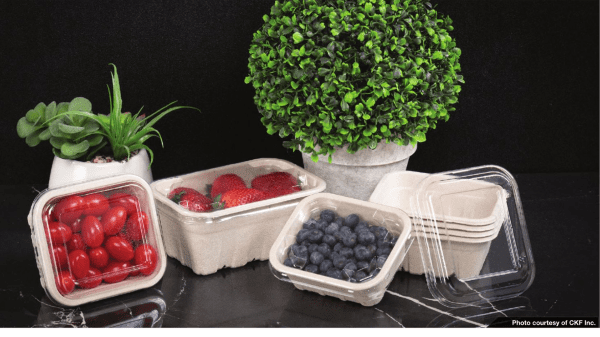Considering all the innovation in packaging, the question remains: Are these newfangled packages going to be more expensive than their predecessors? After all, as a rule, new things cost more than old things.
Steve Greenfield, director of sales and marketing for NNZ Inc., an international company that makes packaging for the produce industry, sums up the situation: “Any of the newer environmentally friendly options are typically more expensive, ranging from 1.5 to 4 times higher. I have a saying: ‘Everyone wants to save the world, but nobody wants to pay for it.’
“So while some consumers are screaming for more earth-friendly [packaging], many aren’t willing to pay the extra amount for the same pound of apples or pint of strawberries. However, as millennials and Gen Z get older, they will more likely want this type of packaging. In the end, the consumer pays for it anyway in the price of the commodity.”
“Typically, a new packaging concept tends to cost more than an existing and proven concept,” says Brianna Shales, marketing director for Stemilt Growers, LLC BB #:113654 in Wenatchee, WA.
Much, she says, has to do with initial volume.
“Of course,” she continues, “there are also price differences in materials that make it hard to transition from one source to another. The important thing in trialing is that costs are kept in mind, but we take a long-term view and know that once it can prove successful at retail and can scale, the price structure will change.”
To sum up, environmentally friendly packaging is more expensive—particularly in the short run—but this will probably not prevent its adoption in the long run.
This is an excerpt from the Applied Technology feature in the September/October 2021 issue of Produce Blueprints Magazine. Click here to read the whole issue.



